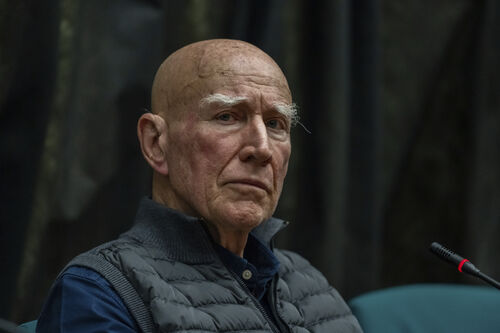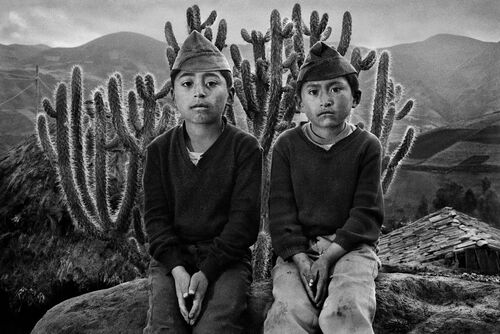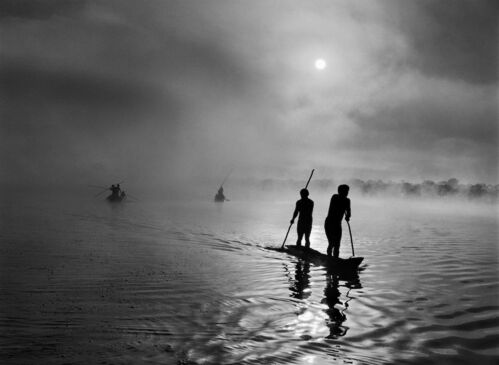
Sebastião Salgado, the Brazilian documentary photographer whose sweeping black-and-white images documented labourers, migrants, and remote rural communities in some of the world’s harshest climates, has died at the age of 81. His death was confirmed on May 23rd by Instituto Terra, the environmental foundation he co-founded with his wife, Lélia Wanick Salgado.
Salgado was known for engaging deeply with the communities he worked with, a relationship that sometimes lasted for decades. This engagement resulted in totally unique and breathtakingly epic images . His photo series included “Workers” (1993), “Exodus” (2000), “Genesis” (2013) and “Amazônia” (2021). He portrayed gold miners at Serra Pelada—the massive open-pit mine in northern Brazil—as well as families crossing the Sudanese Sahara and Indigenous communities in the remote Amazon. His style blended the traditions of social documentary and humanist photography, evoking Dorothea Lange and Robert Doisneau, with a pictorialist sensibility rooted in the work of Ansel Adams.

Ecuador, 1982 , 1982
Sebastião Salgado
Polka Galerie
Born in 1944 in Aimorés, Brazil, Salgado first trained as an economist before discovering photography in the early 1970s during a trip to Africa. He later worked with agencies including Sygma, Gamma, and Magnum before founding Amazonas Images with his wife in 1994.
His early photography assignments saw him posted to cover the plight of communities in sub-Saharan Africa. This formative engagement with environmental refugees surviving extreme droughts was highly influential for Salgado, and would define the work for which he became globally renowned. As a young photographer without extensive formal training, Salgado quickly developed a reputation for his distinct visual style and his ability to apply theories of formal composition in harsh, often chaotic, and dangerous environments.
Though some critics accused him of romanticising hardship, Salgado argued that his photographs affirmed the dignity of life under extreme conditions. Contemporary photographers such as Edward Burtynsky and Gideon Mendel cite him as a major influence.

Xingu, Mato Grosso, Brazil , 2005
Sebastião Salgado
Galerie Bene Taschen
In 1998, Salgado and his wife, who is an author and environmental activist, launched Instituto Terra, a project to restore Brazil’s Atlantic Forest. The initiative has since reforested thousands of acres and shaped Salgado’s later turn toward environmental themes.
Salgado received a slew of industry honors throughout his career, including the Hasselblad Award and the Prince of Asturias Prize for the Arts. His life and work were profiled in the Oscar-nominated documentary The Salt of the Earth (2014), directed by Wim Wenders and the artist’s son, Juliano Ribeiro Salgado. The film showed the intense physical hardship that Salgado endured in order to capture his images. In the film’s voiceover, Wenders described Salgado as “a man writing and rewriting the world with lights and shadows.”
He is survived by Lélia, their two sons, and several grandchildren.
+ There are no comments
Add yours